
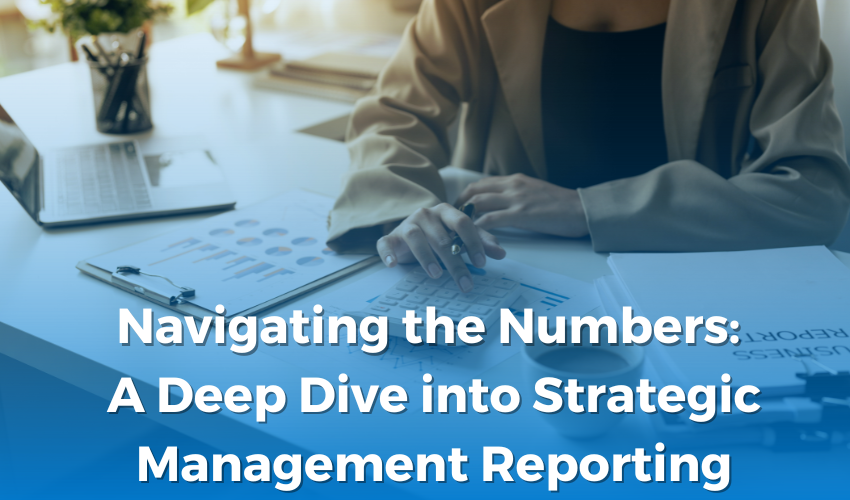
14-12-23
In the fast-paced and ever-evolving business landscape, successful organizations rely on accurate and insightful information to make informed decisions. Strategic management reporting serves as the compass guiding businesses through the complex sea of data, helping them navigate the numbers and steer toward success.
Understanding Strategic Management Reporting
Strategic management reporting is more than just crunching numbers; it's a comprehensive approach to analyzing and interpreting data to inform strategic decisions. This process involves collecting, processing, and presenting information that is crucial for organizational planning, performance evaluation, and goal attainment. It goes beyond traditional financial reporting, encompassing a wide array of key performance indicators (KPIs) and metrics that provide a holistic view of an organization's health.
The Pillars of Strategic Management Reporting
At the heart of strategic management reporting are three key pillars: accuracy, relevance, and timeliness.
Accuracy:
The foundation of any effective reporting system is the accuracy of the data. Inaccurate information can lead to misguided decisions and financial mismanagement. Advanced data analytics tools, artificial intelligence, and machine learning algorithms play a pivotal role in ensuring the precision of the data collected. Regular audits and validation processes are essential to maintaining the integrity of the information presented in strategic reports.
Relevance:
Relevant information is the lifeblood of strategic management reporting. It's not just about the sheer volume of data but about selecting the right metrics that align with organizational goals and objectives. KPIs should be carefully chosen to reflect the core aspects of performance that drive business success. Whether it's customer satisfaction, employee engagement, or financial health, the metrics included in strategic reports should tell a cohesive and meaningful story about the organization's overall performance.
Timeliness:
In a dynamic business environment, timely information is critical. Strategic decisions often need to be made in real-time, and outdated data can hinder a company's ability to respond to emerging trends or challenges. Advanced reporting systems leverage automation to deliver up-to-the-minute data, allowing decision-makers to stay agile and proactive in their approach.
The Role of Technology in Strategic Management Reporting
As businesses deal with increasingly complex datasets, technology becomes a crucial ally in the realm of strategic management reporting. Modern reporting tools leverage cutting-edge technologies to collect, process, and visualize data in ways that were once unimaginable. Here are some key technological advancements shaping the landscape:
Data Analytics and Business Intelligence (BI):
Advanced analytics tools enable organizations to extract valuable insights from large datasets. Business Intelligence platforms provide interactive dashboards, data visualization, and predictive analytics, empowering decision-makers with a comprehensive understanding of their business landscape.
Artificial Intelligence (AI) and Machine Learning (ML):
AI and ML algorithms can identify patterns, trends, and anomalies within data, providing deeper insights into performance drivers. These technologies enable predictive analytics, helping organizations anticipate future trends and make proactive decisions.
Automation:
Automation streamlines the reporting process, reducing manual efforts and minimizing the risk of human error. Routine tasks, such as data collection and report generation, can be automated, allowing teams to focus on more strategic aspects of analysis and decision-making.
Challenges in Strategic Management Reporting
While technology has revolutionized the field of strategic management reporting services, it also presents challenges that organizations must address:
Data Security and Privacy:
As data becomes increasingly digital, the need for robust security measures is paramount. Organizations must invest in secure data storage, encryption, and access controls to protect sensitive information.
Integration of Systems:
Integrating these systems to ensure seamless data flow can be a complex undertaking, but is essential for comprehensive reporting.
Skill Gap:
The rapid evolution of technology requires professionals with advanced analytical and technological skills. Organizations need to invest in training and development to bridge the skill gap and harness the full potential of their reporting systems.
Conclusion
Strategic management reporting in the USA is the cornerstone of effective decision-making in the business world. By embracing advanced technologies, focusing on accuracy, relevance, and timeliness, and addressing challenges head-on, organizations can harness the power of data to navigate the numbers successfully. In an era where information is king, strategic management reporting serves as the compass that guides businesses toward their goals, helping them stay ahead of the curve and thrive in an ever-changing landscape.
Tags : Management Reporting,Management Reporting sevices in usa


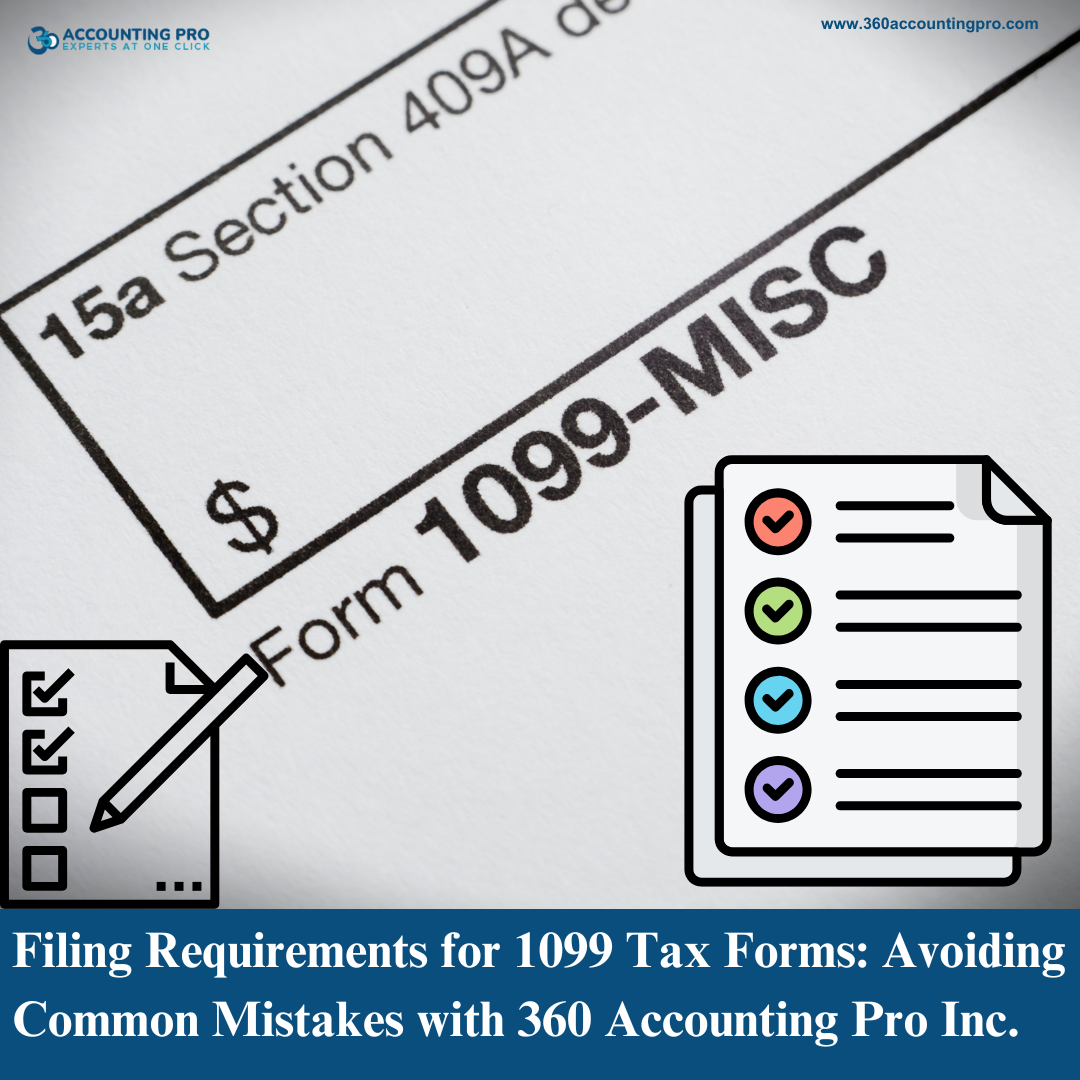





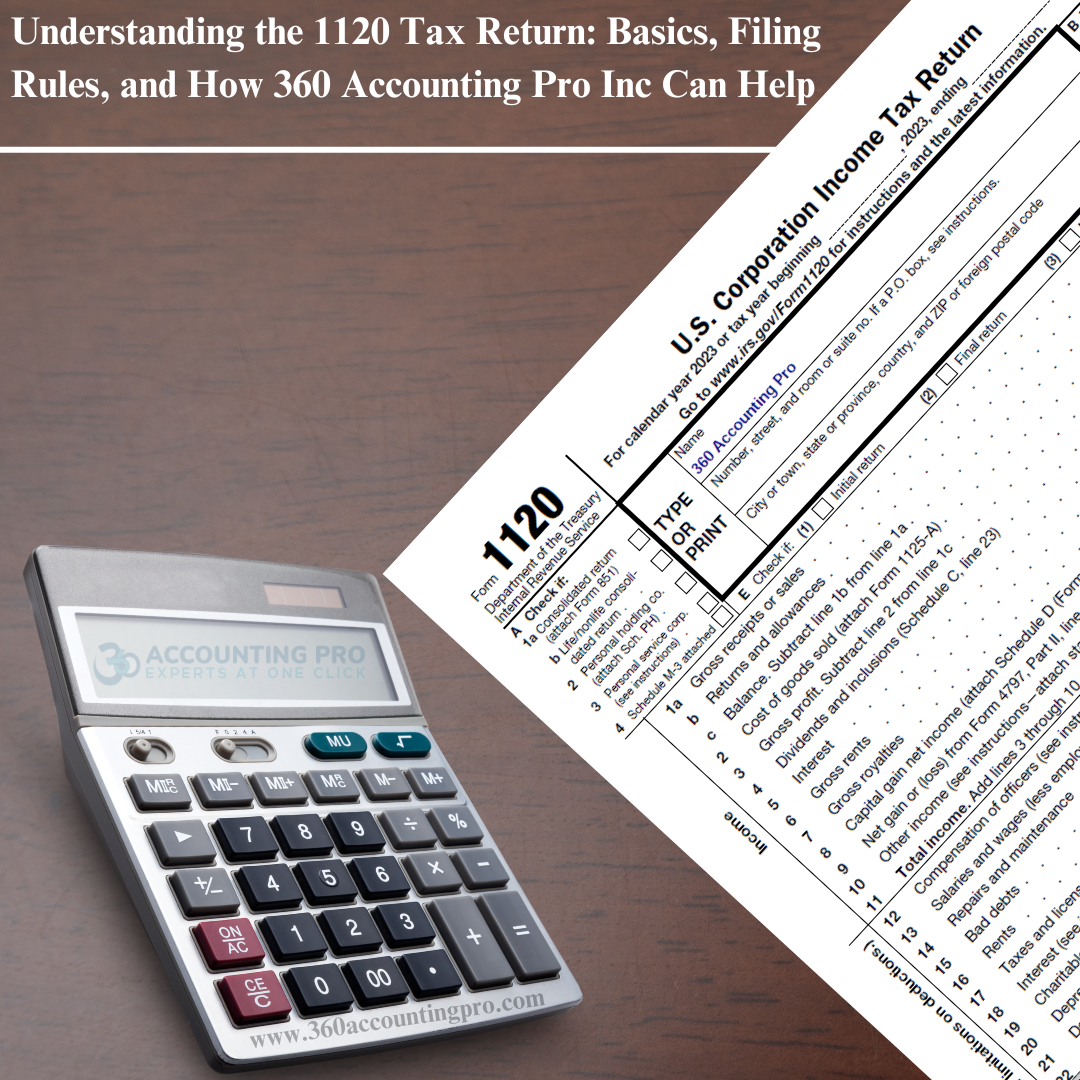
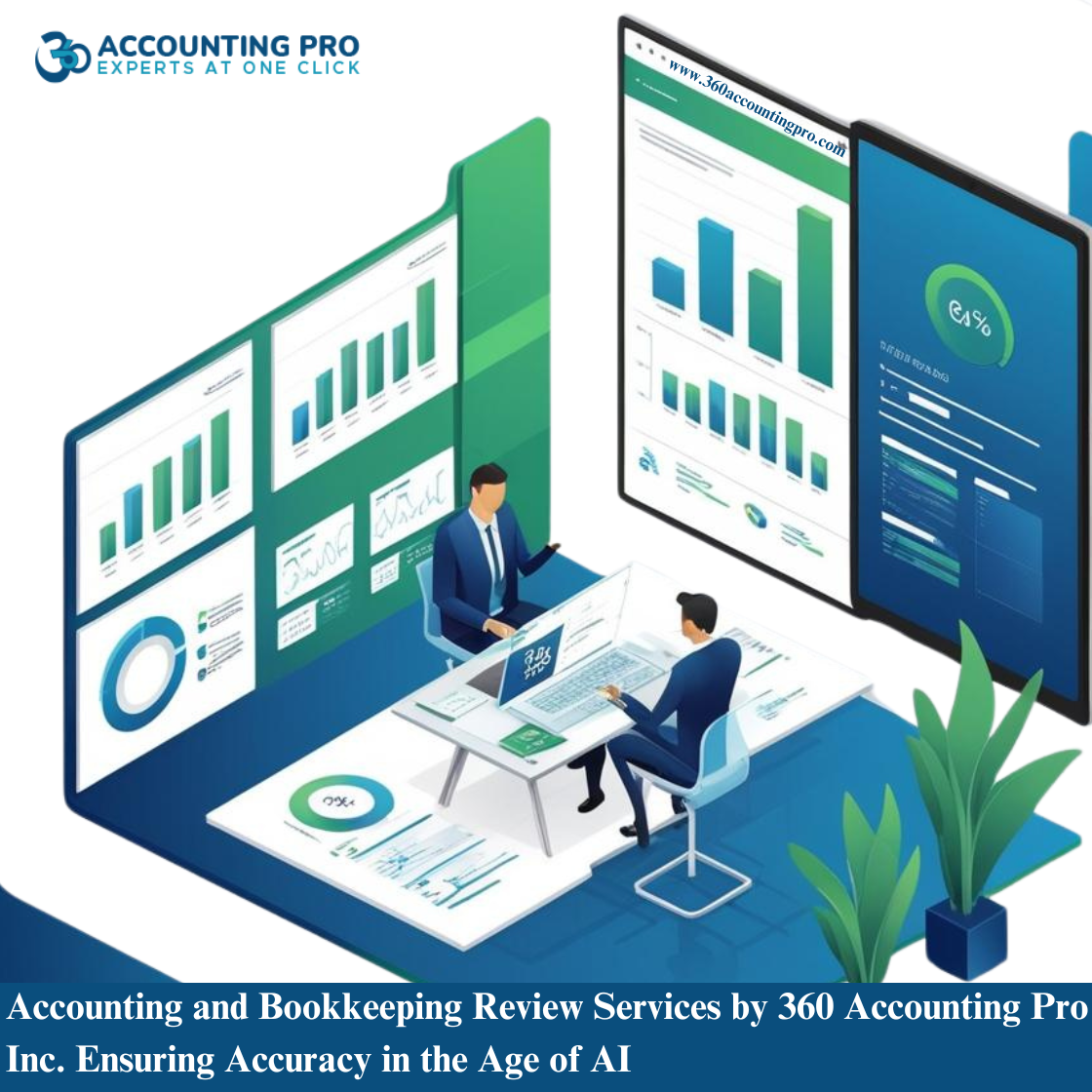











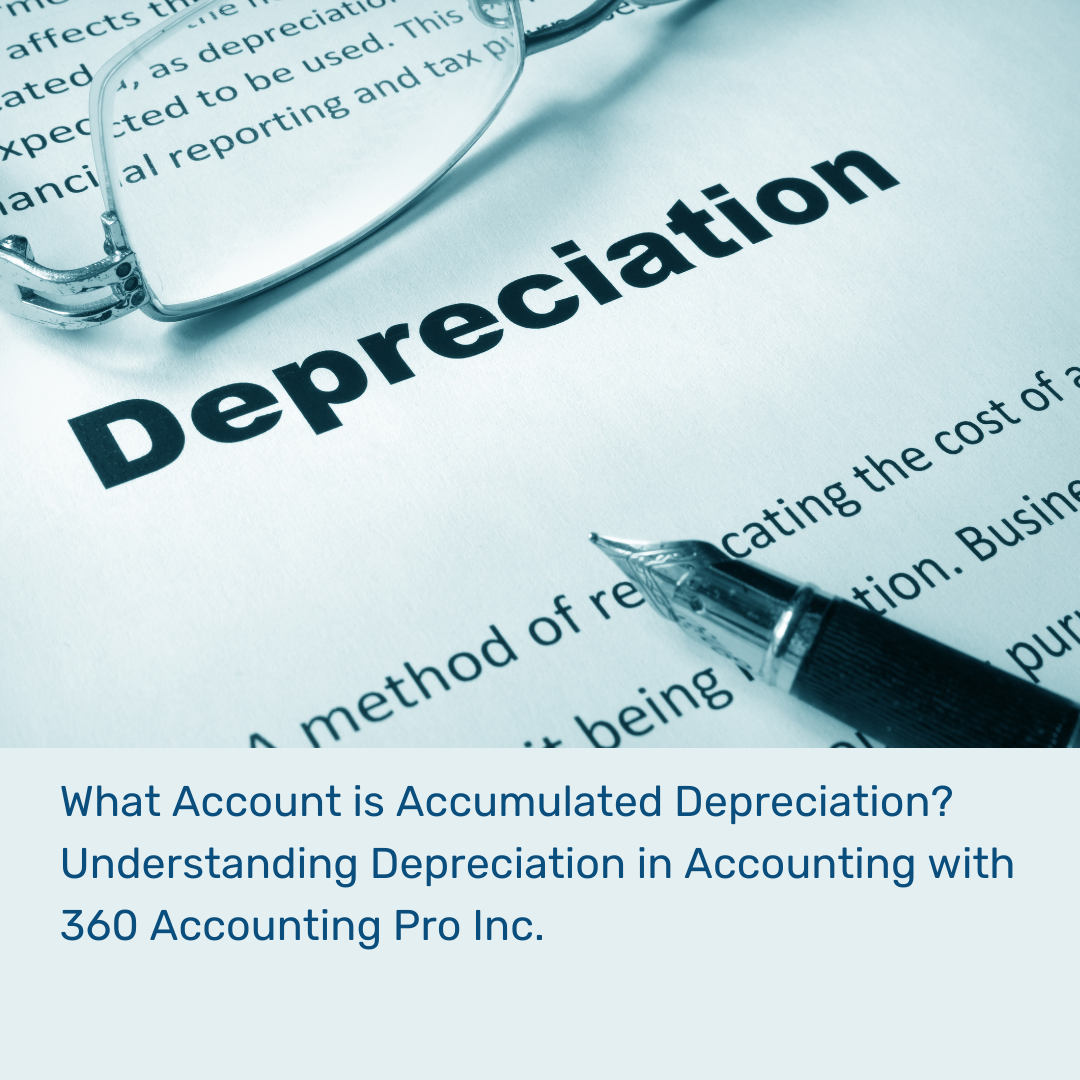
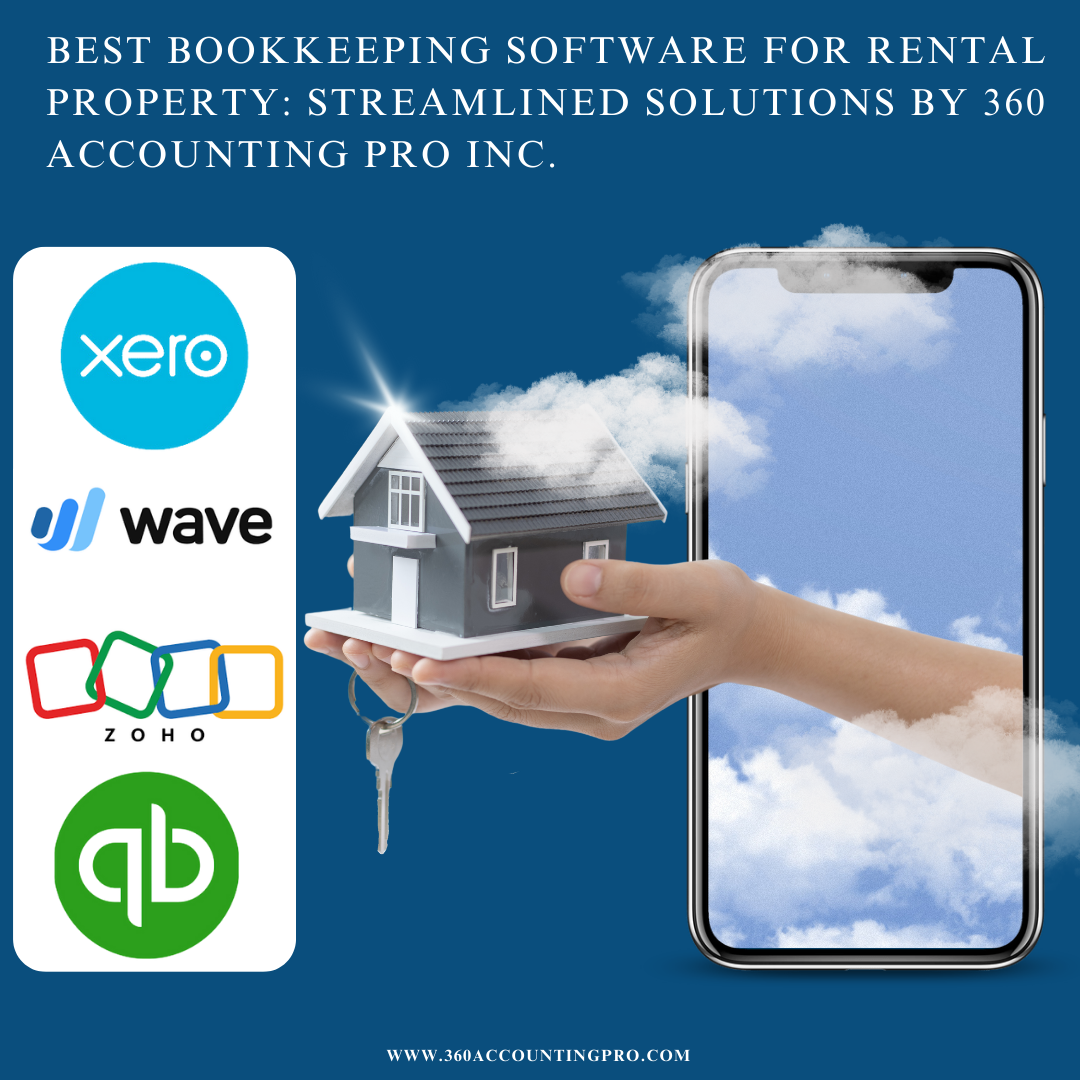
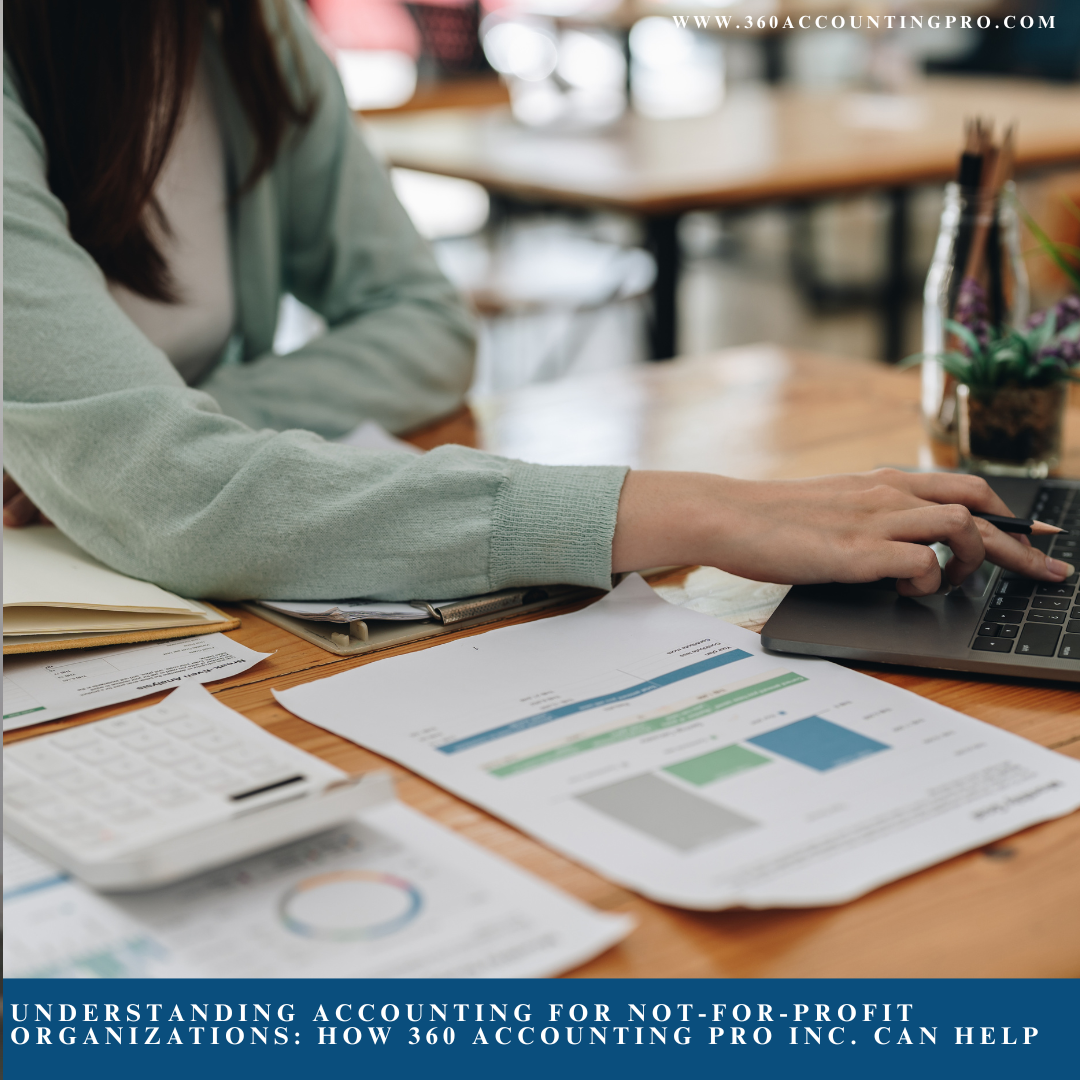


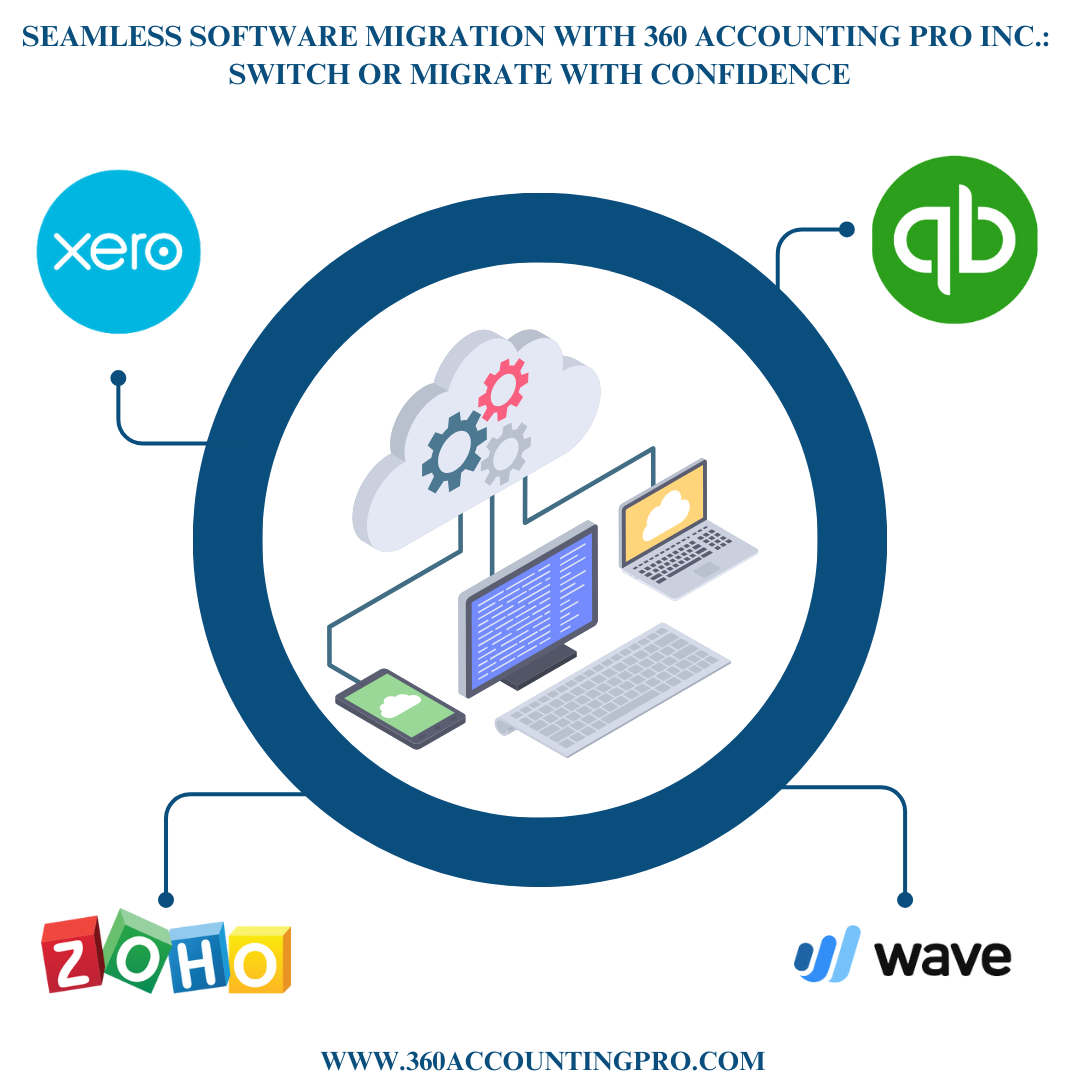
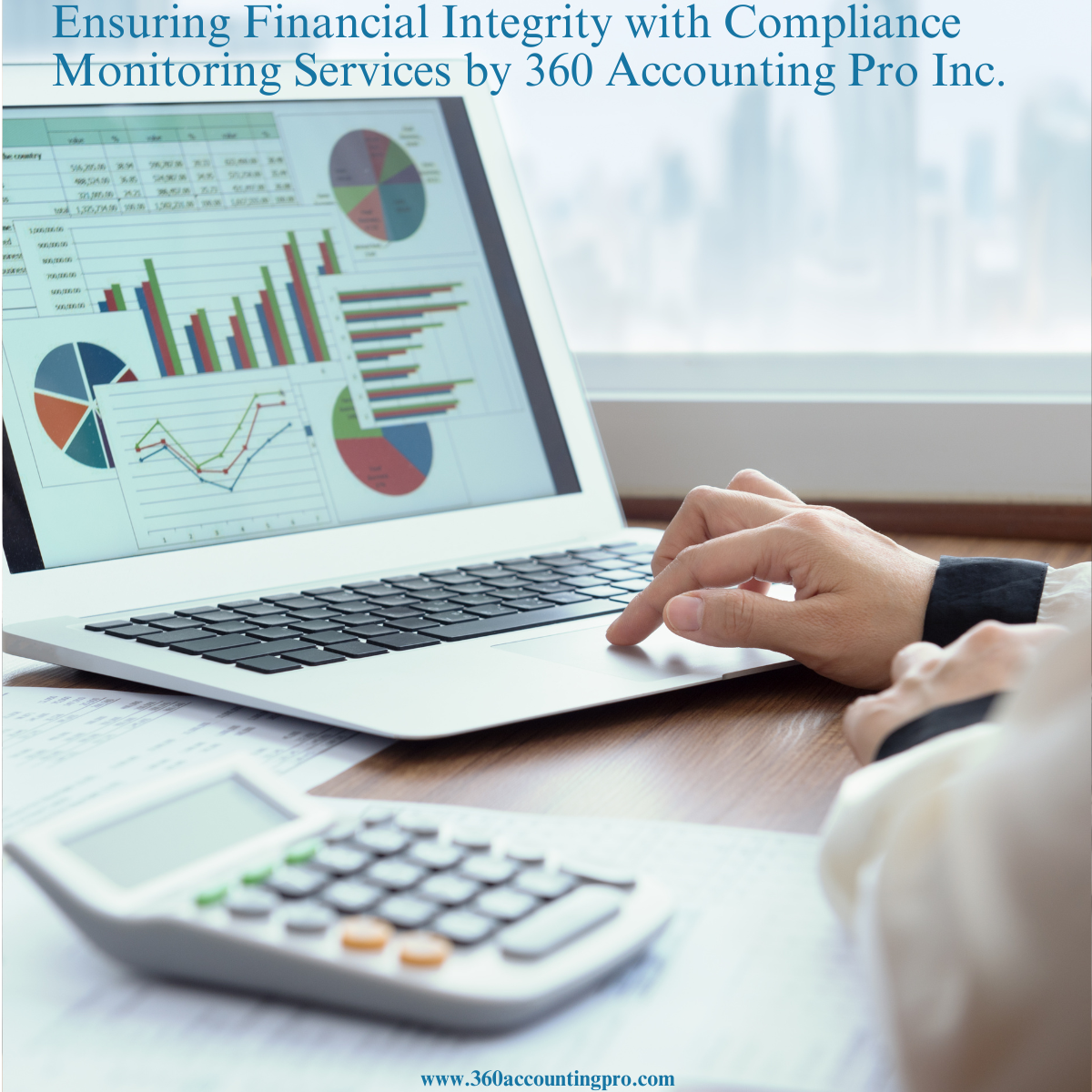

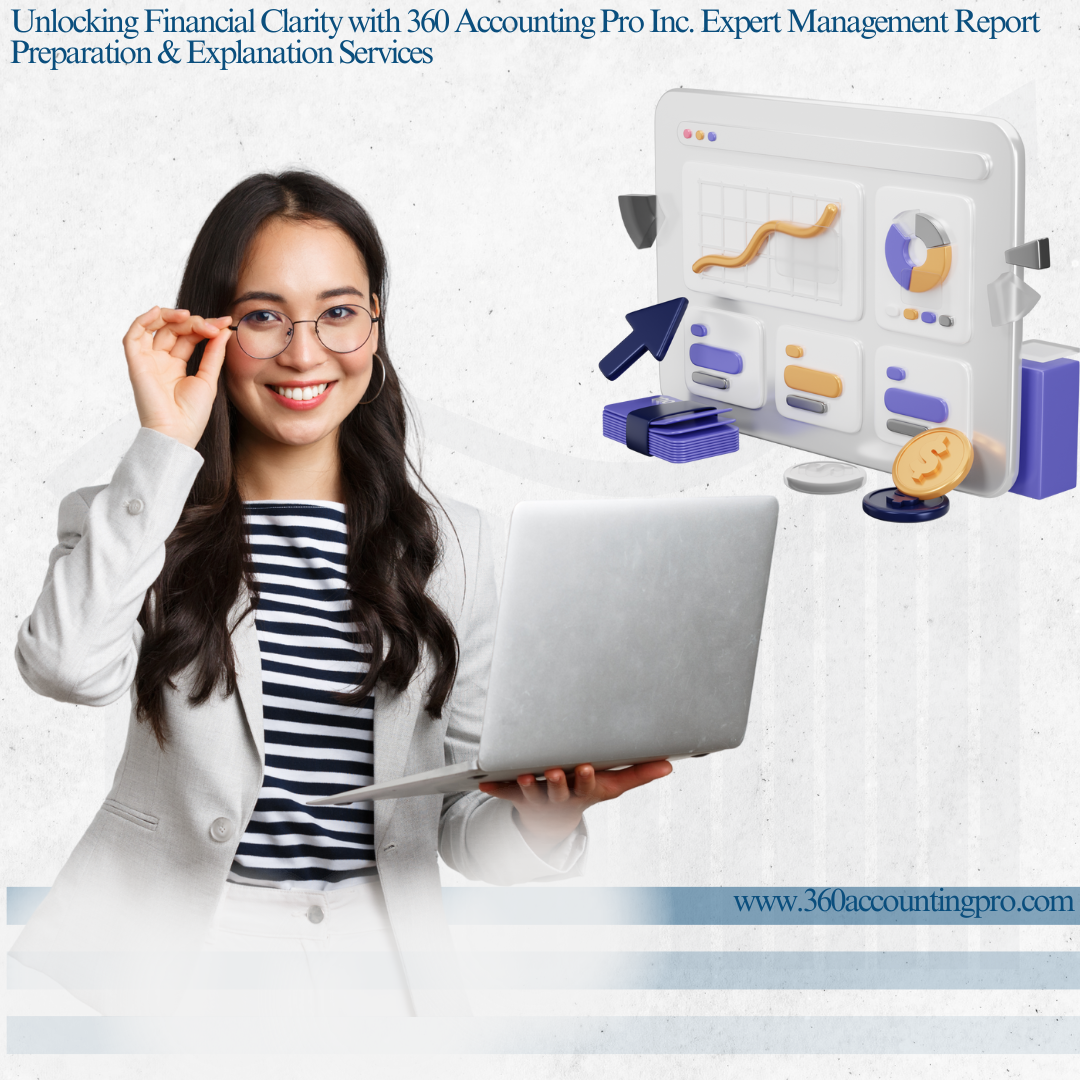







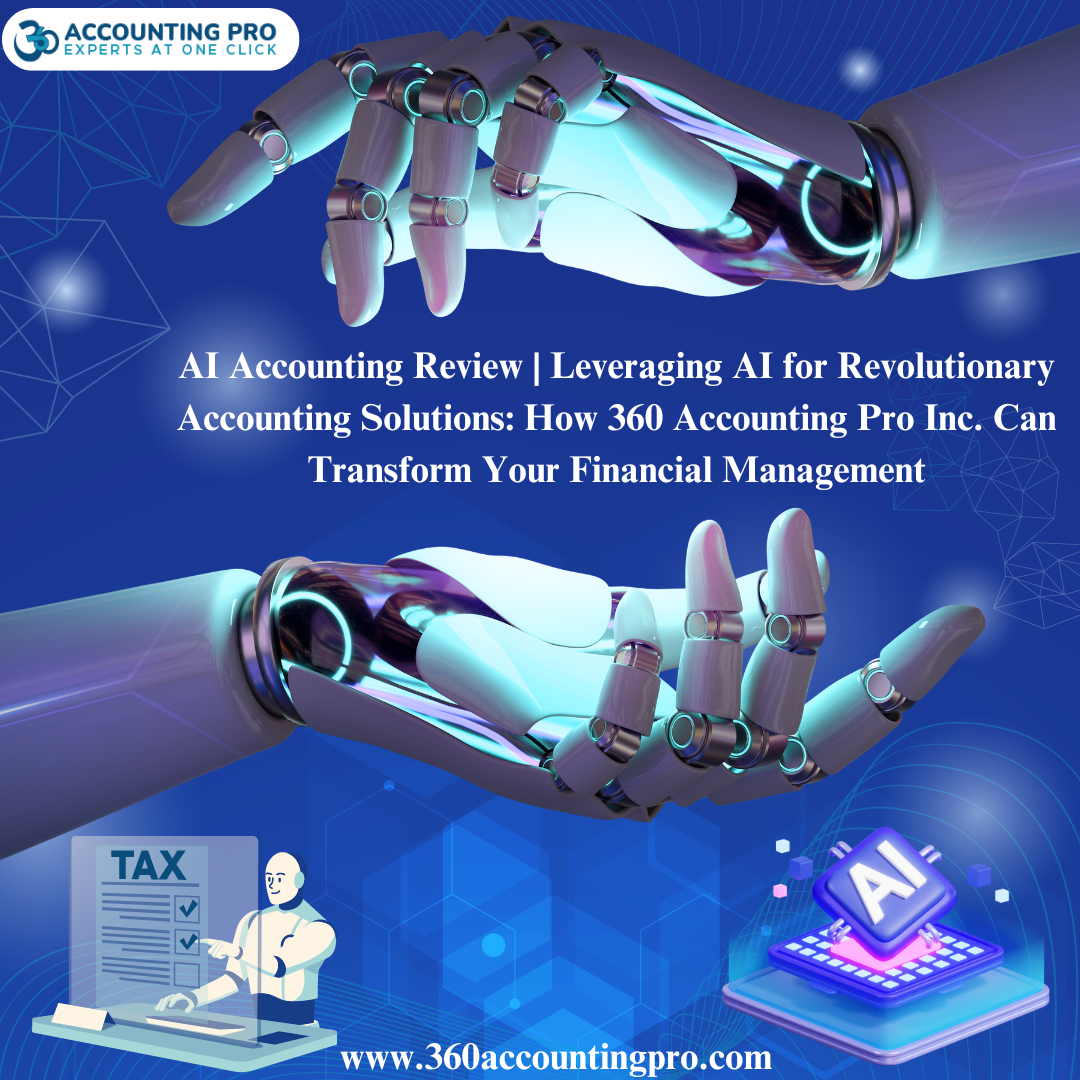

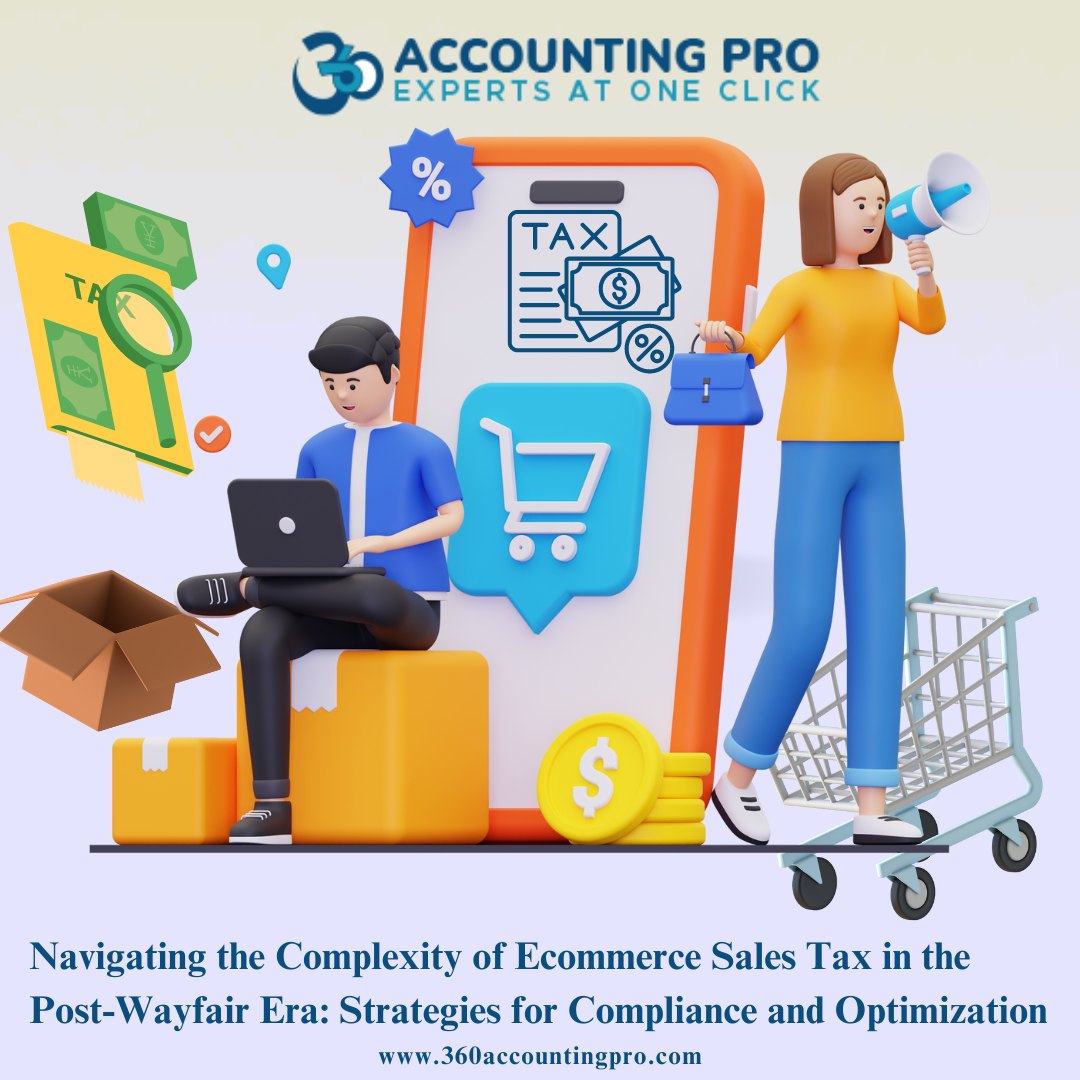

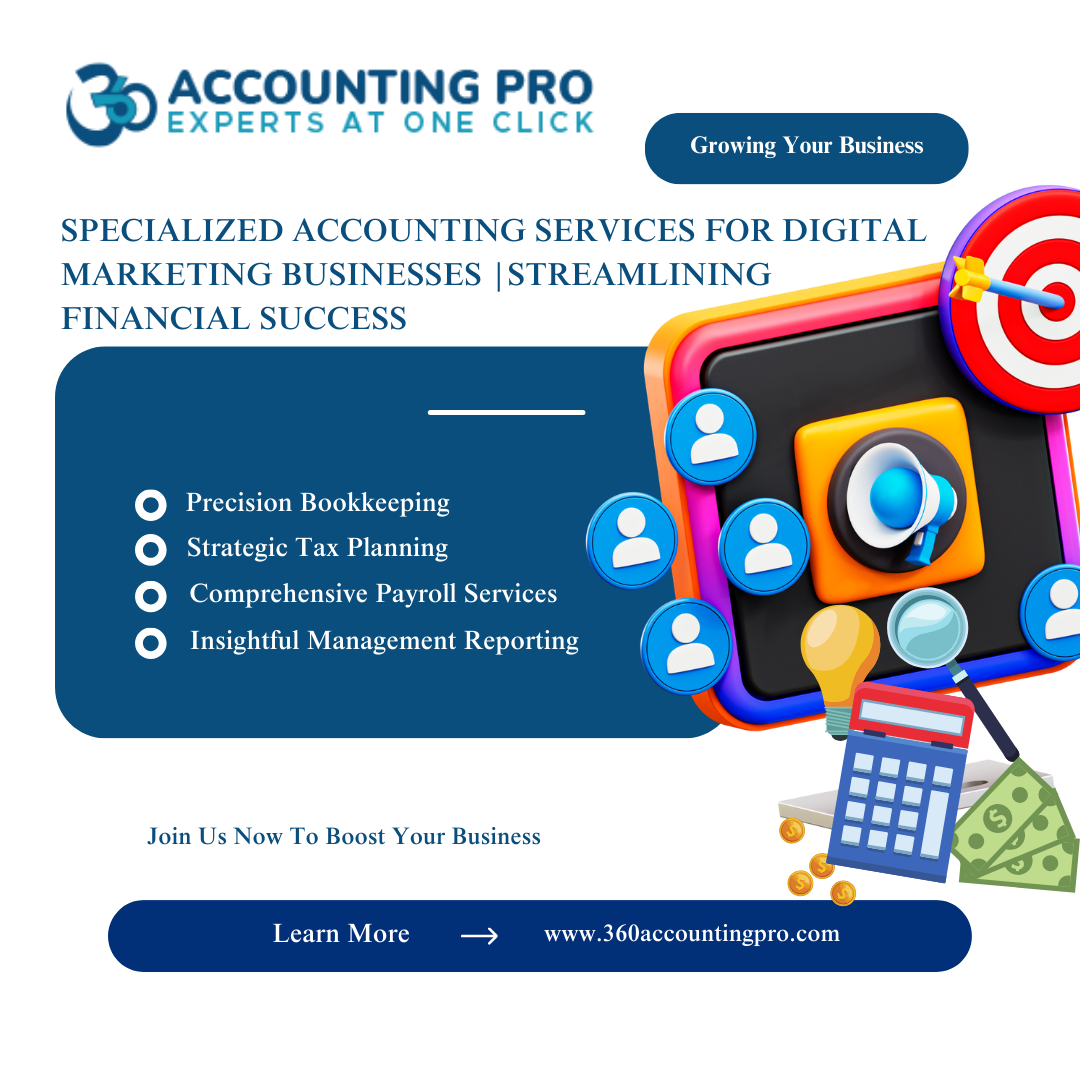

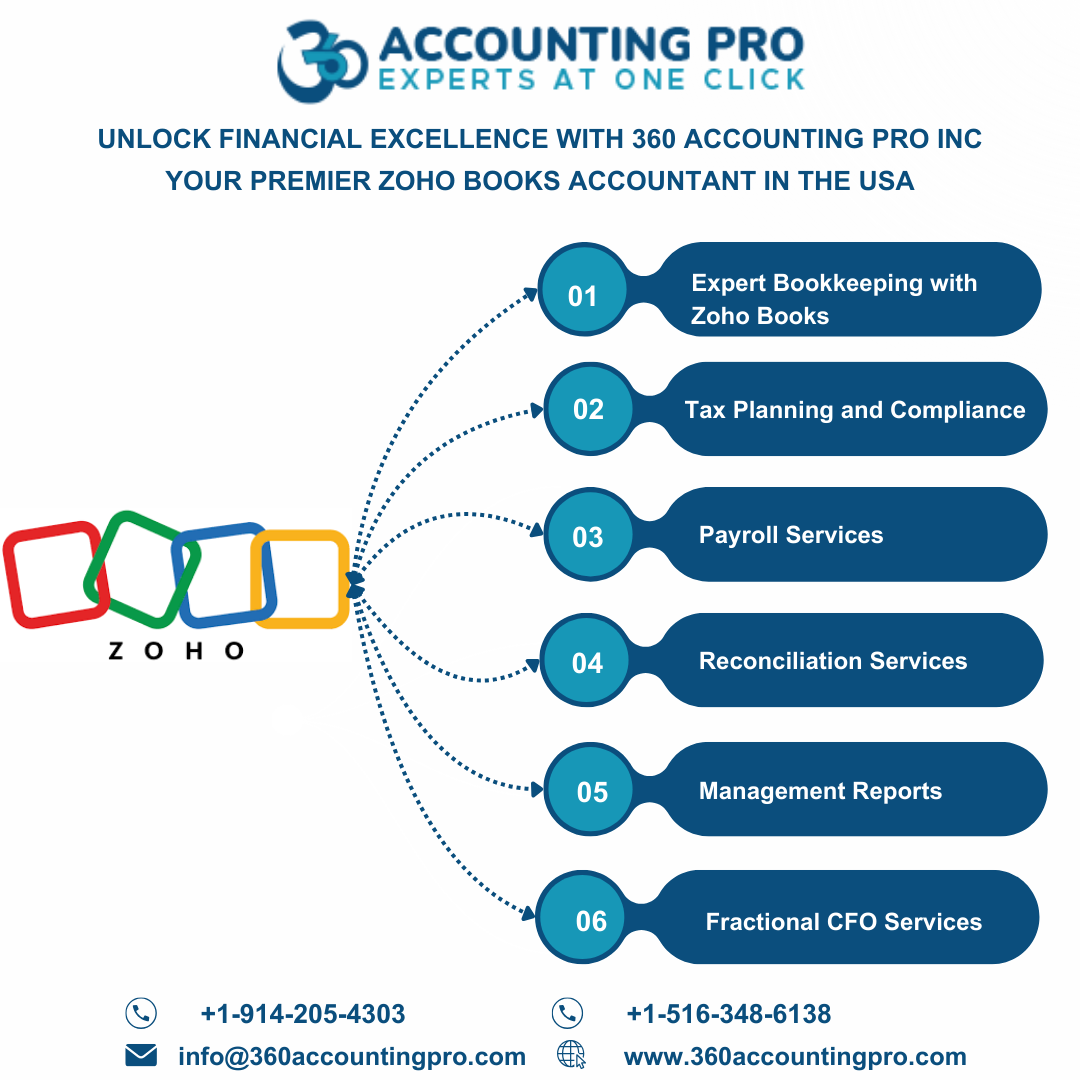

.jpg)
.jpg)
.jpg)
.jpg)


).jpg)







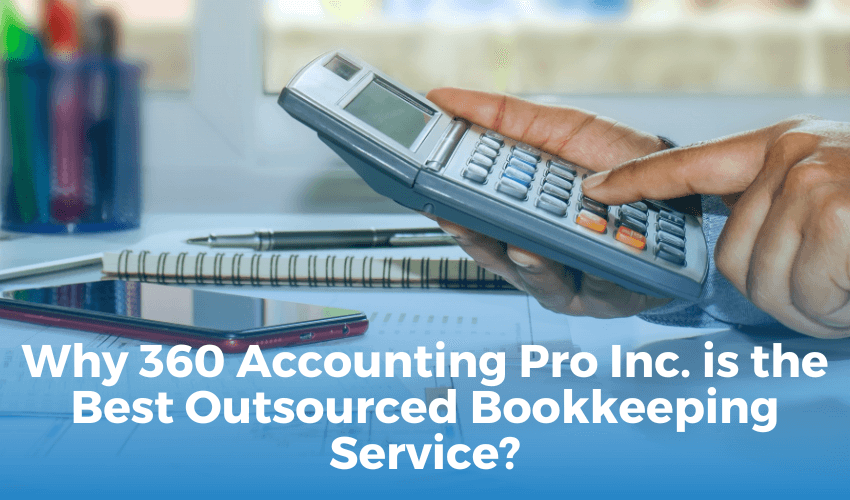
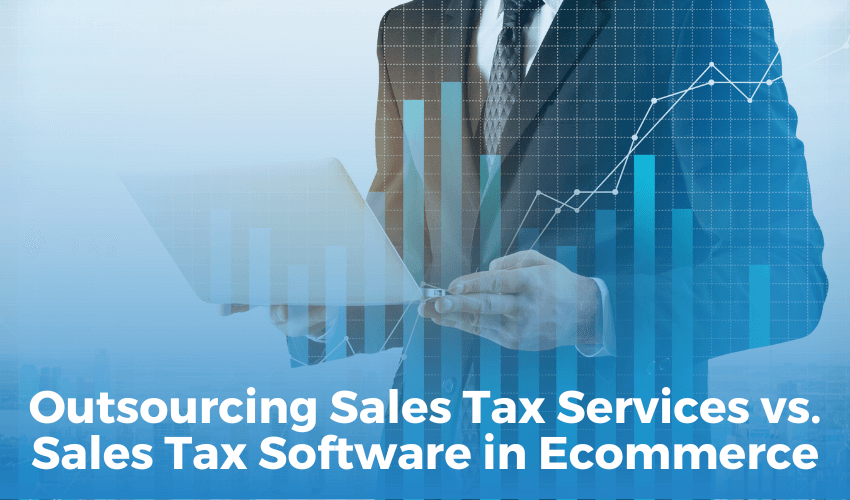

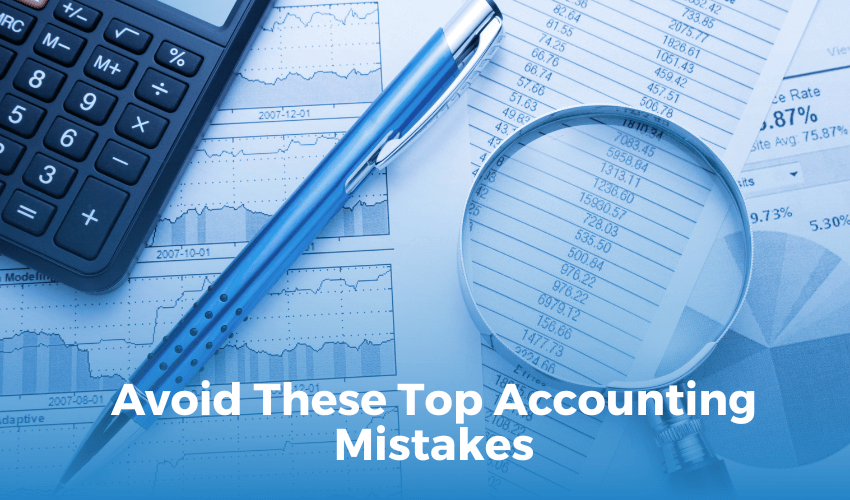
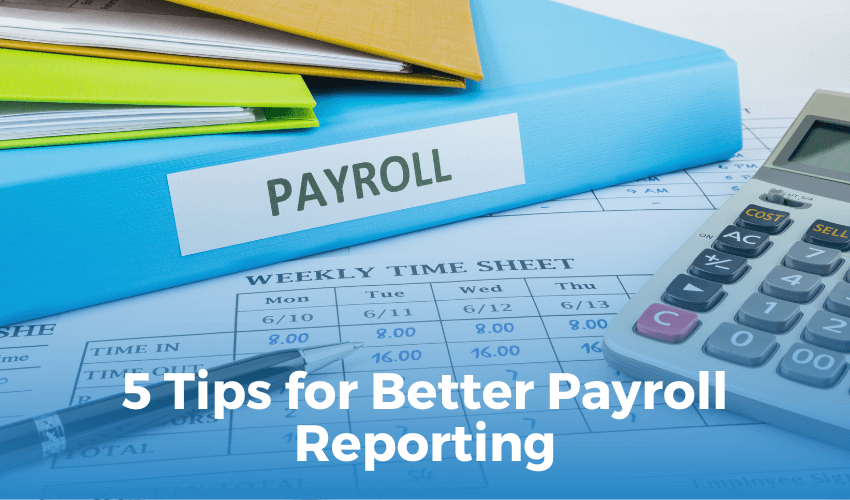
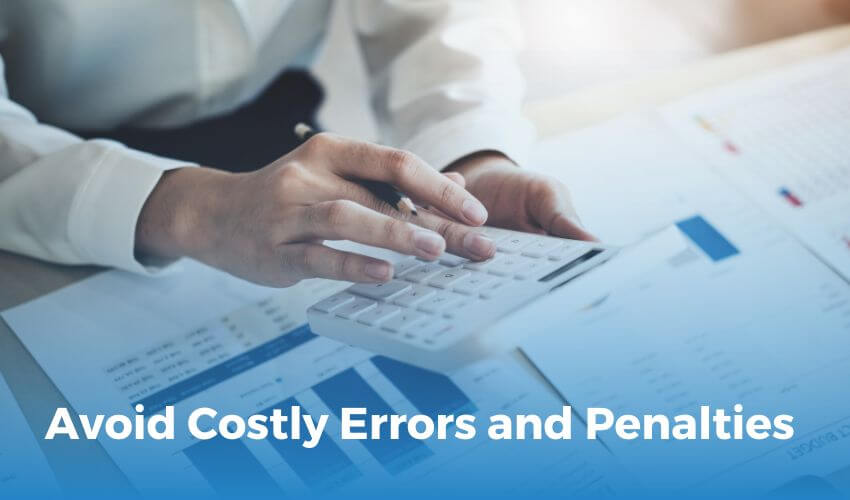

 Get A Quote
Get A Quote
Leave A Comment